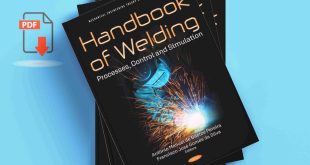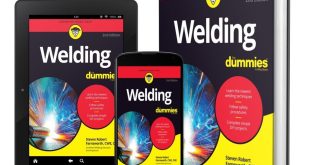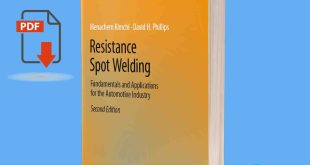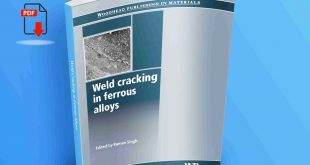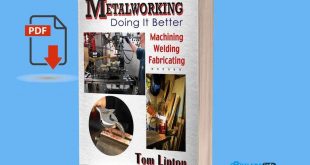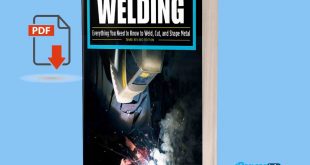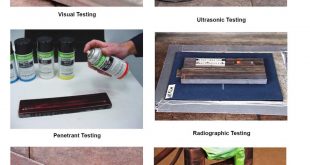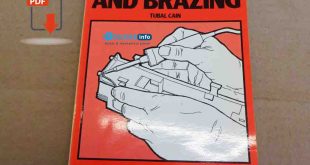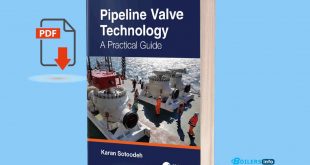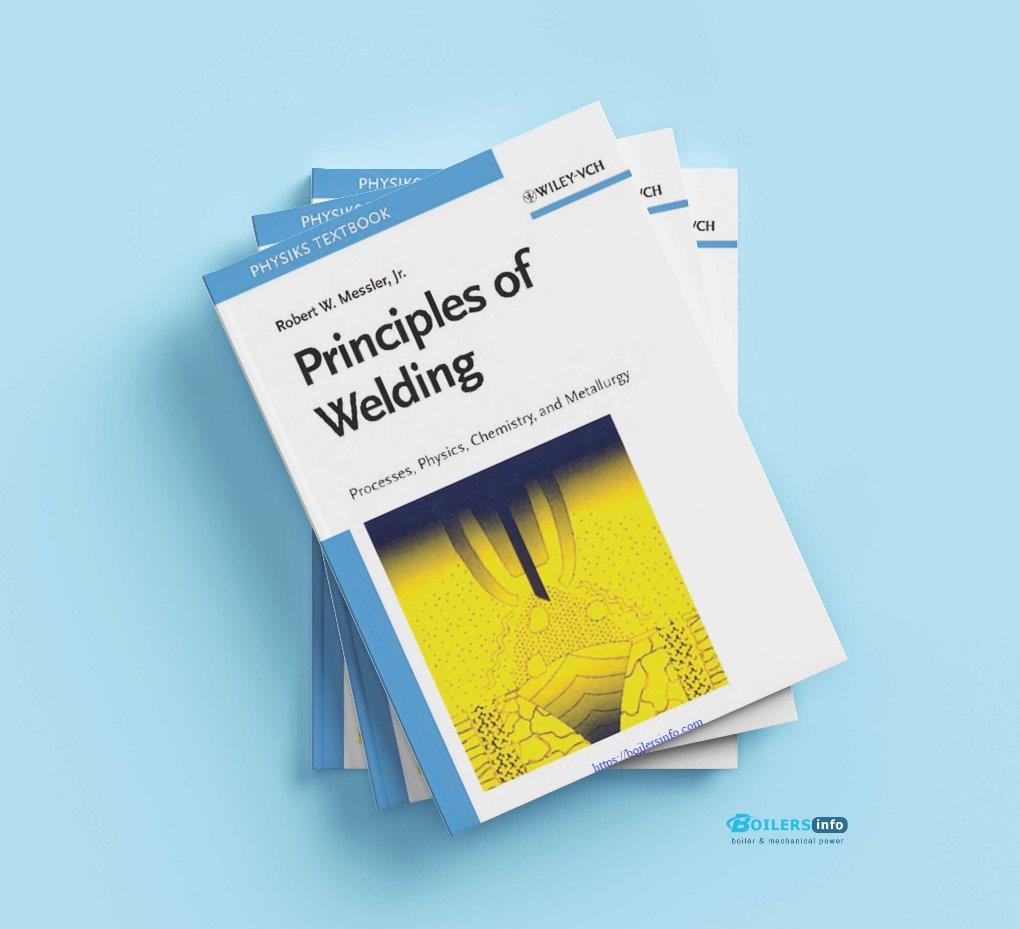
Download Principles of welding Processes, Physics, Chemistry, and Metallurgy pdf by Robert W. Messler. Principles of Welding departs from existing books with its clear, unambiguous presentation, which is easily grasped even by undergraduate students, yet given at the advanced level required by experienced engineers. The book is divided into four parts and seventeen chapters. Part One addresses the process and processes of welding. Chapter 1 introduces the reader to what welding is, how it evolved as a process, what it means to make a weld, ideally and in the real world, and the advantages and shortcomings of welding.
The Contents of Principles of welding Book
- Introduction to the Process of Welding
- Classifying Welding Processes
- Fusion Welding Processes
- Welding Processes Handbook
- Non-fusion Welding Processes
- Energy for Welding
- The Flow of Heat in Welds
- Thermally Induced Distortion and Residual Stresses During Welding
- The Physics of Welding Energy or Power Sources
- Welding for design engineers
- Molten Metal Transfer in Consumable Electrode ARC Welding
- Weld Pool Convection, Oscillation, and Evaporation
- Molten Metal and Weld Pool Reactions
- Weld Chemical Heterogeneity
- Weld Fusion Zone Solidification
- Welding Symbols on Drawings
- The Weld Heat‐Affected Zone
- Weldability and Weld Testing
 Boilersinfo Boiler and Mechanical Power Digital Library
Boilersinfo Boiler and Mechanical Power Digital Library
